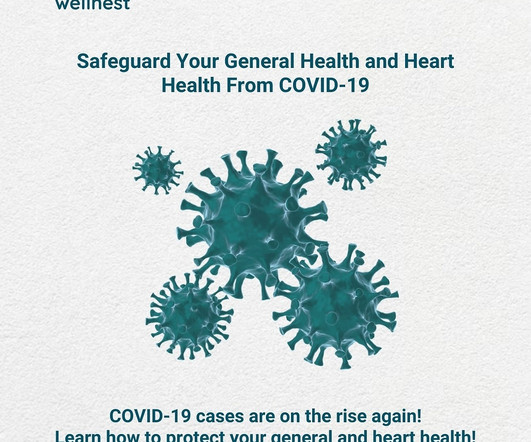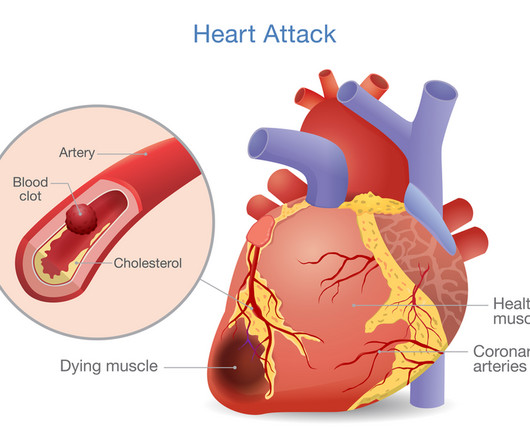How to Prevent Peripheral Artery Disease
AMS Cardiology
NOVEMBER 4, 2023
Below, we examine several prevention strategies: Regular Exercise Engaging in regular physical activity is crucial for maintaining optimal cardiovascular health. Exercise helps improve blood circulation, strengthen the heart and manage weight—all of which can help reduce the risk of PAD. Why AMS Cardiology?















Let's personalize your content